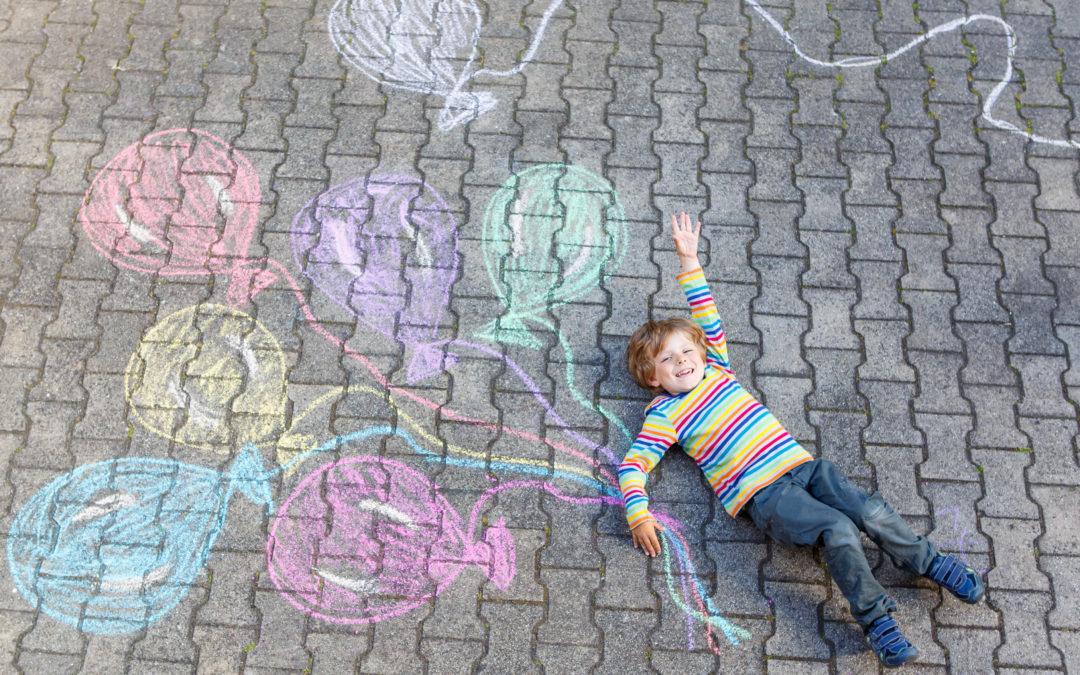As we navigate our way through the impact of the pandemic on our daily lives, our capacity to be creative is essential to reimagining our way forward. This is the fourth in our series of blogs exploring simple and surprising doorways into higher creativity.
Art has a positive effect on our brain – and can actually be seen and measured in a lab. As we search for ways to boost our inventiveness, scientific evidence shows that art enhances brain function: influencing brain wave patterns and emotions, the nervous system and hormones, and raising ‘feel good’ serotonin levels in our brain. Art changes our outlook and the way we experience the world.
Viewing art
When we look at art, our brains go through a process of embodied cognition. This means our mirror neurons enable us to feel emotionally what we interpret to be going on in a painting or as represented by a sculpture. We are shifted out of an analytical problem focus and are transported into a world beyond our daily task list. The longer you look at a piece of art, the greater the effect. This reimagining and immersing ourselves into a new landscape and experience is a perfect brain state for fostering new thinking and ideas, and for seeing the world differently.
A study by professor Semir Zeki at the University College London, found that exposure to a selection of classical and culturally acclaimed paintings showed that ‘looking at art elicited as much joy as being head-over-heels in love.’ * When we feel such positive emotions, innovations happen; we feel moved and inspired. And it could be as simple as visiting a local art gallery on our lunch break or flipping through an art book.
Making art
If you actually try your hand at making art, you’ll experience the fundamental process of discovering and imagining, originating and problem-solving, thinking and creating. Keep in mind that it’s the process not the product that matters. Researchers suggest that creating art is like exercise for the brain! A German study found that producing artwork improves brain system integration, strengthens psychological resilience and could even delay cognitive decline as we age. ** What a pleasurable way to improve our personal effectiveness and long term health!
And if you are a self-proclaimed ‘non-artist’, adult colouring books are a simple way to shift attention away from negative thoughts and into this beneficial state that art creation generates.
So, whether you have an urge to set up an easel, doodle or explore galleries, spend time with art. You’ll revive your brain, enter a positive emotional state and potentially create a canvas of new and creative possibilities!
* Zeki, S; (2019) Notes Towards a (Neurobiological) Definition of Beauty. Gestalt Theory , 41 (2) pp. 107-112. 10.2478/gth-2019-0012.
** Anne Bolwerk et al, ‘How Art Changes Your Brain: Differential Effects of Visual Art Production and Cognitive Art Evaluation on Functional Brain Connectivity’ Published: July 1, 2014


Recent Comments